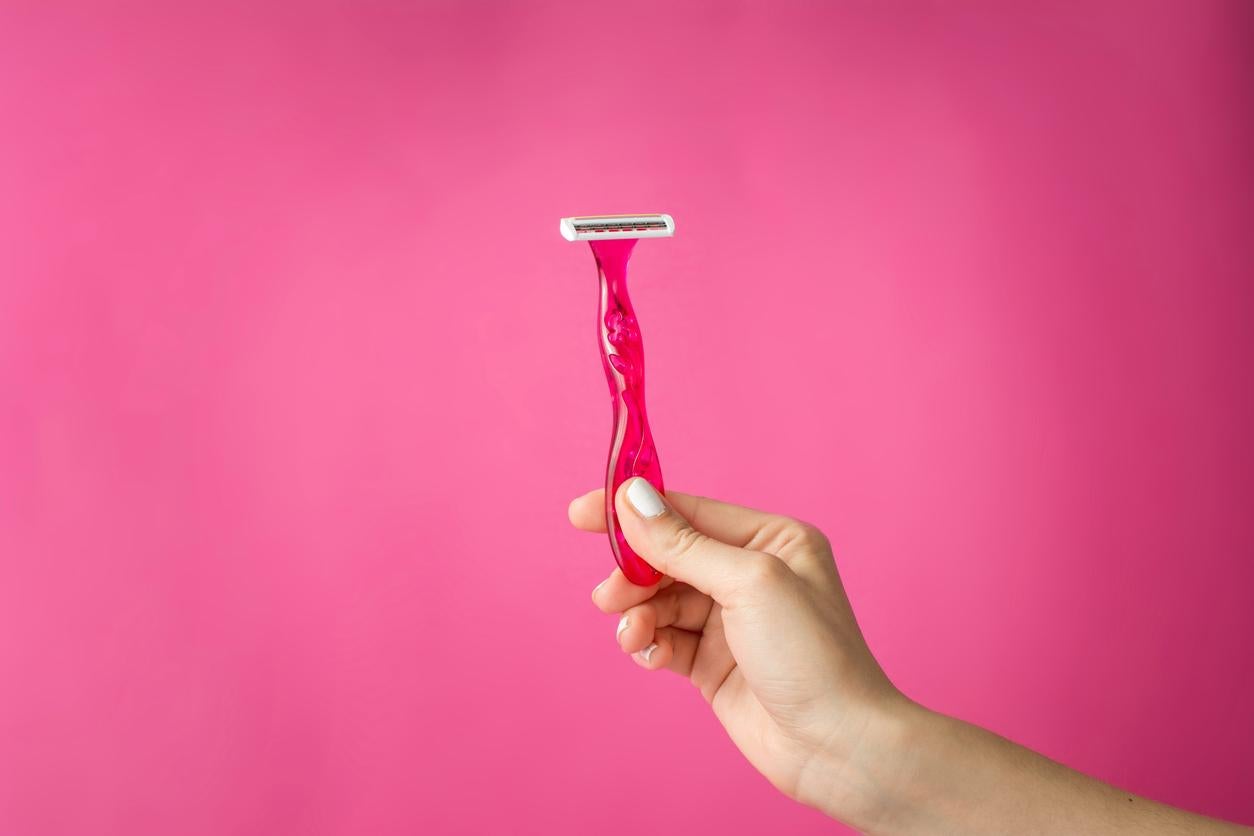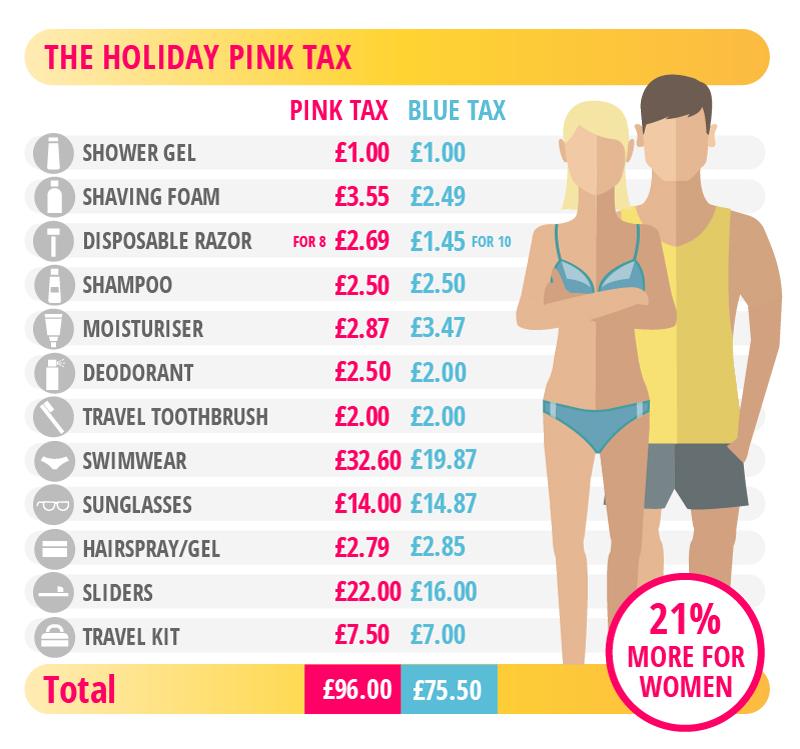Why millennials are rejecting patronising packaging and opting for gender neutral toiletries
"This razor marketing plays up to age-old stereotypes that don’t – and never did – hold true: men are useful and functional, women are decorative and frivolous"

Your support helps us to tell the story
From reproductive rights to climate change to Big Tech, The Independent is on the ground when the story is developing. Whether it's investigating the financials of Elon Musk's pro-Trump PAC or producing our latest documentary, 'The A Word', which shines a light on the American women fighting for reproductive rights, we know how important it is to parse out the facts from the messaging.
At such a critical moment in US history, we need reporters on the ground. Your donation allows us to keep sending journalists to speak to both sides of the story.
The Independent is trusted by Americans across the entire political spectrum. And unlike many other quality news outlets, we choose not to lock Americans out of our reporting and analysis with paywalls. We believe quality journalism should be available to everyone, paid for by those who can afford it.
Your support makes all the difference.As a woman, if you were to go into a high street pharmacy chain for a razor, you’d be forgiven for going to the section under the “razors” sign. But that would be an error.
For that is where you would find razors for men, you silly woman. Angular, blue, manly razors that your delicate female hands would struggle to lift.
You, fair maiden, need to go to the “hair removal” section, where you’ll find pretty pink razors, adorned with flowers and mermaids and names like “breeze,” “divine” and “embrace.”
And if this patronising packaging and branding wasn’t enough, you’ll also be paying what is known as the pink tax.
A recent study of 1,377 men and women has found that for the same disposable razor brand, women are charged 60 per cent more than men.
Whilst a pack of eight female razors costs £2.69, a pack of ten male ones by the same brand costs £1.64 less.
Companies may claim the razors are made differently, but the study found the razors of the brand in question were almost identical, from the size to the number of blades. The only difference was the marketing.
It's not the only study to reach this conclusion either - last year an investigation by The Times found that standard razors for women tended to cost 49 per cent more than the equivalent for men.
And it’s not just with razors that this disparity exists, the research concluded that women spend 21 per cent more than men on a pre-holiday shop (mainly on toiletries).

“The claim that men needing to shave is a necessity as opposed to women is ludicrous,” said Martin Smith, MD of showerstoyou.co.uk, who conducted the study.
“The way products are marketed these days has got out of hand. The only difference in the two disposable razors seems to be the colour. What’s more, there’s a zero-tax rate in the UK regarding male razors, yet still a tampon tax.”
This is despite the fact that progress has been made in recent years - in 2016, Boots conducted a review of gender disparity in their own-brand products, and earlier this year, Tesco announced it would be pricing all razors the same:
“In the instance of our twin-blade razors, the difference is driven by the fact that male razors are produced and sold in significantly higher volumes, which reduces the price we pay for them,” Kari Daniels, Tesco’s commercial director for packaged products, said.
“We have aligned the prices of these products so that the male and female razors are the same price per unit. We have done this by reducing the cost of the women’s razors and keeping the cost of the men’s razors the same.”
Despite this, there is still a great deal of pricing disparity when it comes to male and female toiletries.
But millennials, as they are wont to do, are increasingly deciding to break the rules and fight the patriarchy.
Many people occasionally borrow their boyfriend’s or girlfriend’s toiletries when they don’t have their own, but more and more women are choosing to buy male-branded products and vice versa.
“I sometimes buy men’s disposable razors,” 25-year-old accountant Jessica told The Independent. “They’re the same as women’s ones.”
And 25-year-old marketing executive Maddy agrees: “I think they’re actually better than women’s ones - sometimes they have more blades and they’re also softer on the skin because they’re designed for the face.”
When it comes to other toiletries, many people find it’s just the scent that’s different.
And if you want to save money, assessing both male and female products opens up your options.
“Moisturiser for men is often more expensive than moisturiser for women, and often has over-the-top branding with words like ‘Xtreme’ and ‘Power’ for blokes who are struggling with their fragile masculinity,” says 31-year-old Dave.
“I’m quite happy to buy the women’s version, provided it’s not too perfumed.
“The range of deodorants for women is bigger in supermarkets which means there are more which are likely to be on sale. Most of them smell like cucumber or something fairly generic, so if one is way cheaper than the male-focused deodorants then I’ll probably grab one of those.”
And two millennials are going one step further by launching the first unisex razor.
In response to the gender discrimination regarding razors, creative advertising students Lauren Peters and Augustine Cerf hope they will start a conversation around the issues of price and branding.
“Looking at razor branding would leave you thinking women are too silly and scatterbrained to care about the likes of ‘flexball TM ball handle technology’ or to worry about how well their razor cuts hair,” Cerf says.
“Too busy intuitively picking tropical sugarberries and divinely embracing each other, probably. This razor marketing plays up to age-old stereotypes that don’t – and never did – hold true: men are useful and functional, women are decorative and frivolous.”

Cerf and Peters point out that women’s razors are advertised in a “clichéd, patronising” way, where “skinny, young and usually white women shave their long (already shaved) legs.”
The pair believe razors should be unisex, so have launched Hair is Hair to send out a message to the beauty and grooming industries and are currently crowdfunding via Indiegogo.
“Consumers need to remember that they hold the power,” Cerf says. “Brands are nothing without them. So if enough people rise up against certain brand behaviours and say ‘no, this just isn’t okay anymore’, those brands will have to change.”
Join our commenting forum
Join thought-provoking conversations, follow other Independent readers and see their replies
Comments